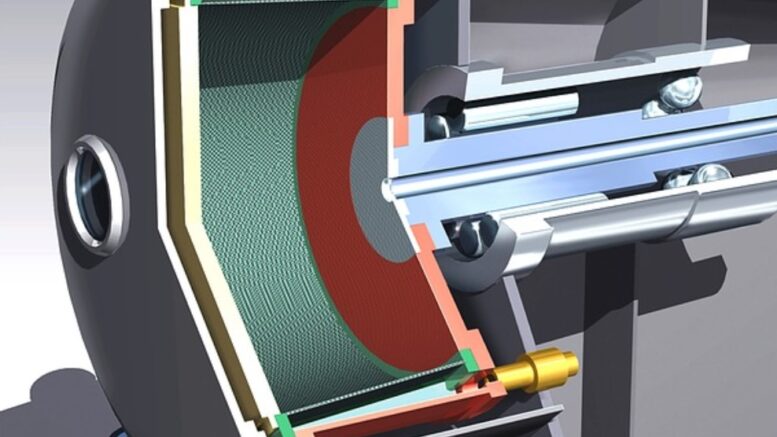Are you planning to buy a centrifuge unit for your laboratory? These machines are critical pieces of expensive equipment; that’s why it’s important to invest in the right one.
A centrifuge is a machine that uses centrifugal force to separate various components of a fluid based on their density. They have a rotor inside them in which samples are placed. They have a wide range of applications in biochemical, medical research, and clinical trials.
From benchtop centrifuges to micro and high-speed centrifuges, many types of centrifuges are available in the market. With so many options and specifications, it’s common to get confused.
So whether you want to add a new centrifuge or just want to replace your old one, this post will help you select the right equipment for your lab. Apart from knowing the specific type of centrifuges, there are other factors like their size, or area of the lab and specifications, and many more things that you should know.
Here’s the list of top 5 factors to consider when selecting a lab centrifuge:
1. Centrifuge Speed Requirements
The speed of the centrifuge is always measured in RPM (Revolutions Per Minute). This shows how fast the centrifuge rotor can revolve. However, RCF (relative centrifugal force) is more important than RPM. Previously RPM was considered when selecting the centrifuge, but today if you want to buy the best centrifuge, check both speed and RCF or G-Force. Manufacturers always mention the maximum values for RPM and RCF for a specific model on the unit.
2. Type of Centrifuge Rotors
Along with the speed and force, the next thing you should know is the rotor type. That’s because you’ll need a specific rotor to rotate at a specific speed for the samples. These rotors are basically used to support sample tubes during the centrifugation process.
There are various types of rotors are available, but these two are most commonly used:
Swinging Bucket Rotors
A swinging rotor, also known as a horizontal rotor, uses buckets to contain the sample tubes. While operating, these buckets are horizontal, and when stopped, they become vertical. This rotor type also allows the tube to change angles during the stroke. They’re often used for low-volume high-capacity research applications.
Fixed Angle Rotors
As its name suggests, in fixed angle rotors, the samples are set at a fixed angle of 45 degrees during the entire rotation process. This rotor is also known as angle head; this rotor is relatively compact and ideal for high-speed but smaller capacity samples.

3. Safety Centrifuge Features
This is the most important thing that you have to look at while buying a lab centrifuge. That’s because a centrifuge can pose a number of safety risks. Fortunately, many manufacturers build safety features in these units. So look for the safety features in a lab centrifuge that are listed below:
- Electronic lid-locks: This lock prevents the lid from being opened accidentally while the machine is operating.
- Sealed rotors: this is also an important safety feature as it prevents the leakage of any kind of bio-hazardous substances.
- Imbalance sensor: this sensor will alert you if the centrifuge is not balanced properly. If it detects a high level of vibration, immediately stop the process.
- Rotor-recognition technology: This sensor detects whether the installed rotor is right for the selected speed or not.
4. Centrifuge Temperature Range
Centrifuges come in two versions, ventilated and refrigerated. Ventilated ones keep the substances at a slightly higher temperature by drawing air into the bowl and then exhausting that air out of the unit, and this repeats on a spin cycle.
Whereas refrigerated centrifuges are used for those samples in which temperature control is important. These ones make a consistent temperature throughout the process. Some centrifuges operate at room temperature without any cooling or heating options. So, it’s crucial to know whether your samples need to be refrigerated or not, and based on this, you can purchase the right centrifuge for your lab.
5. Centrifuge Latest Features
It’s important to buy a centrifuge model with all the latest features so that it will fulfil your requirements today but for many years to come. These modern features will not only save you money but also provide safety to both users and samples.
Here are some latest centrifuges features available in the market:
- Battery operated
- Digital display
- Centrifugation timer
- Tachometer
- Low-noise models
- Adjustment of the rotational speed (acceleration and braking)
- Self-balancing rotor
- Autoclavable accessories
Conclusion
The key to buying the best centrifuge is to understand the requirements of your lab. Apart from knowing the types of the centrifuges, consider the factors that we mentioned above. The appropriate model, rotor speed, and other centrifuge features will help you invest in the right one that meets all your specific requirements.
